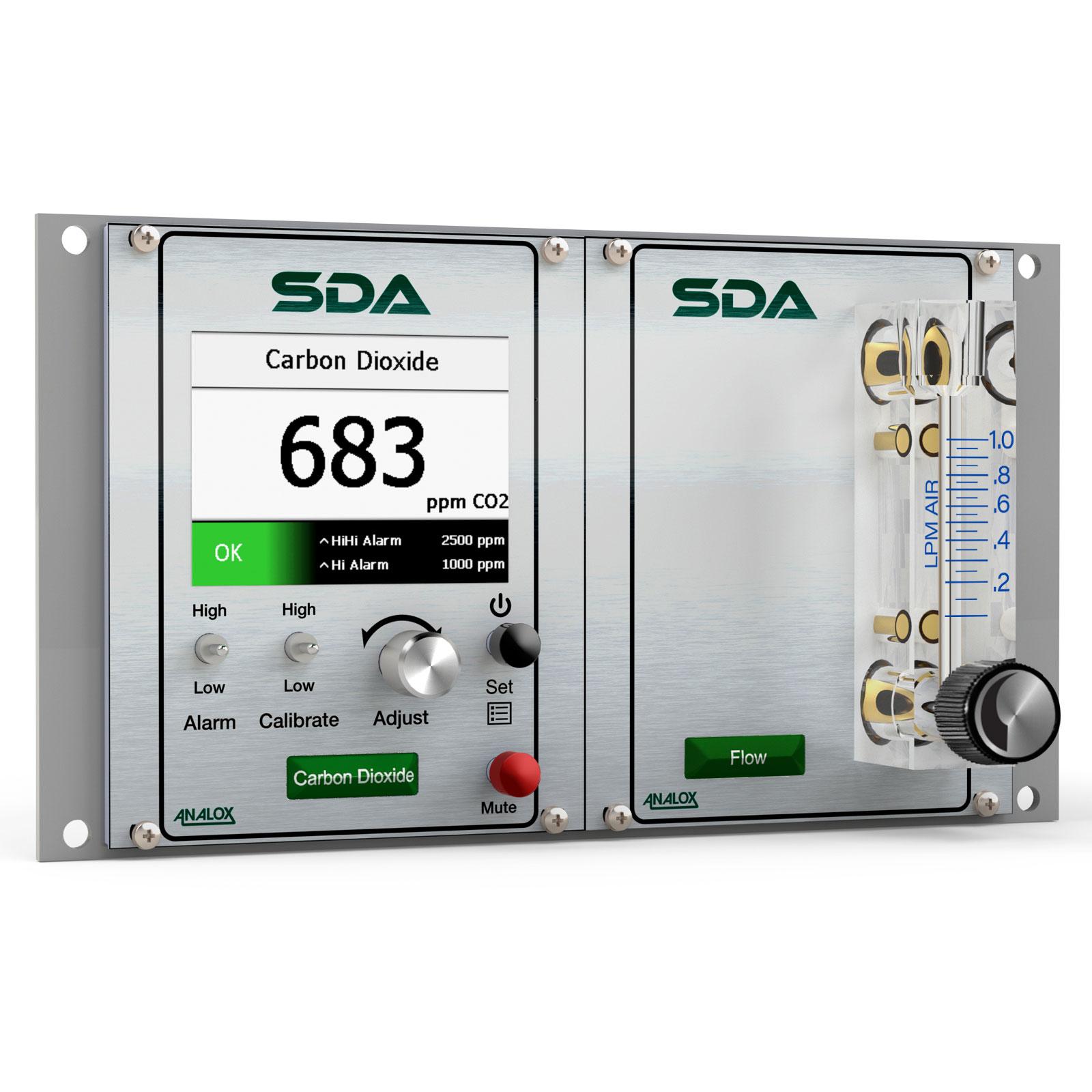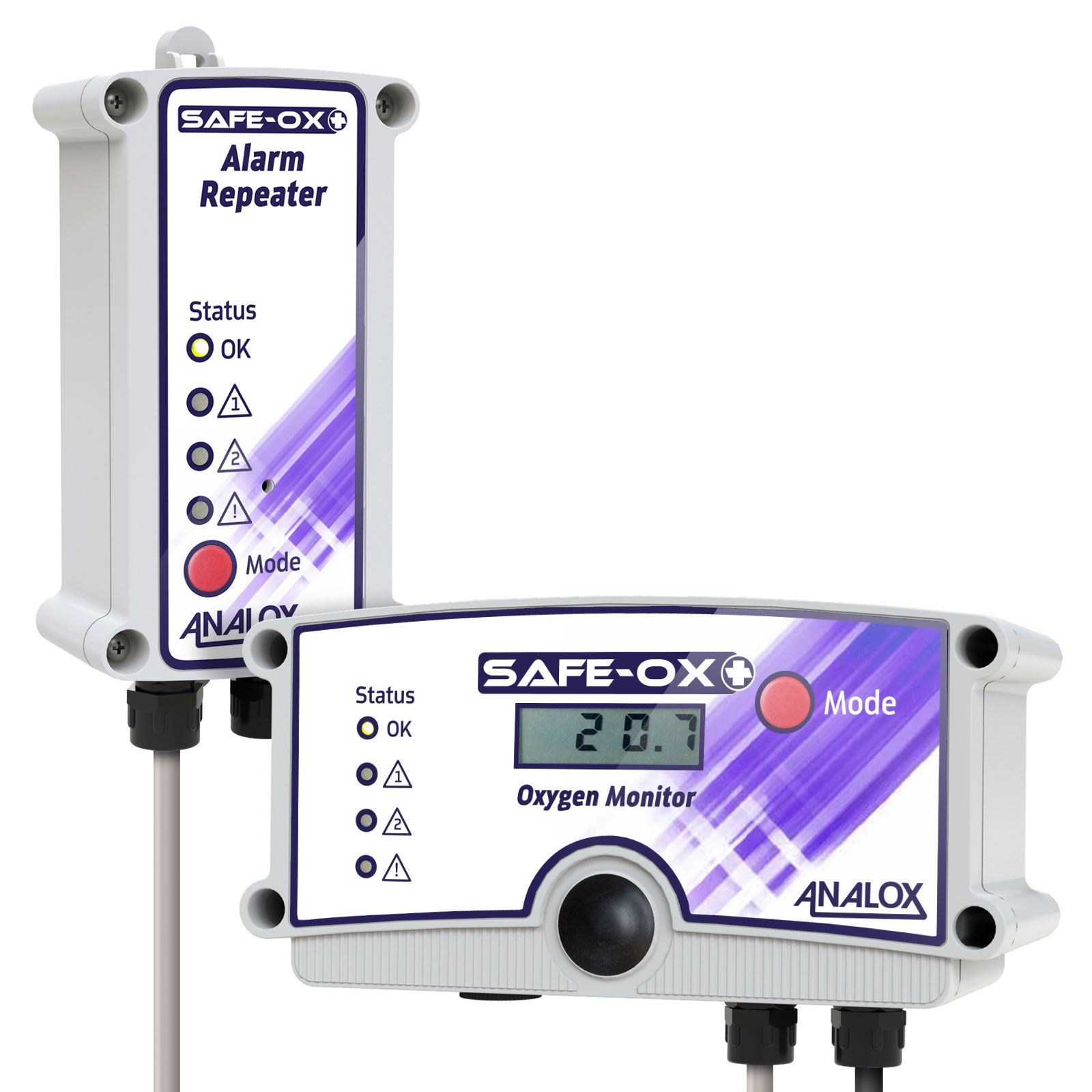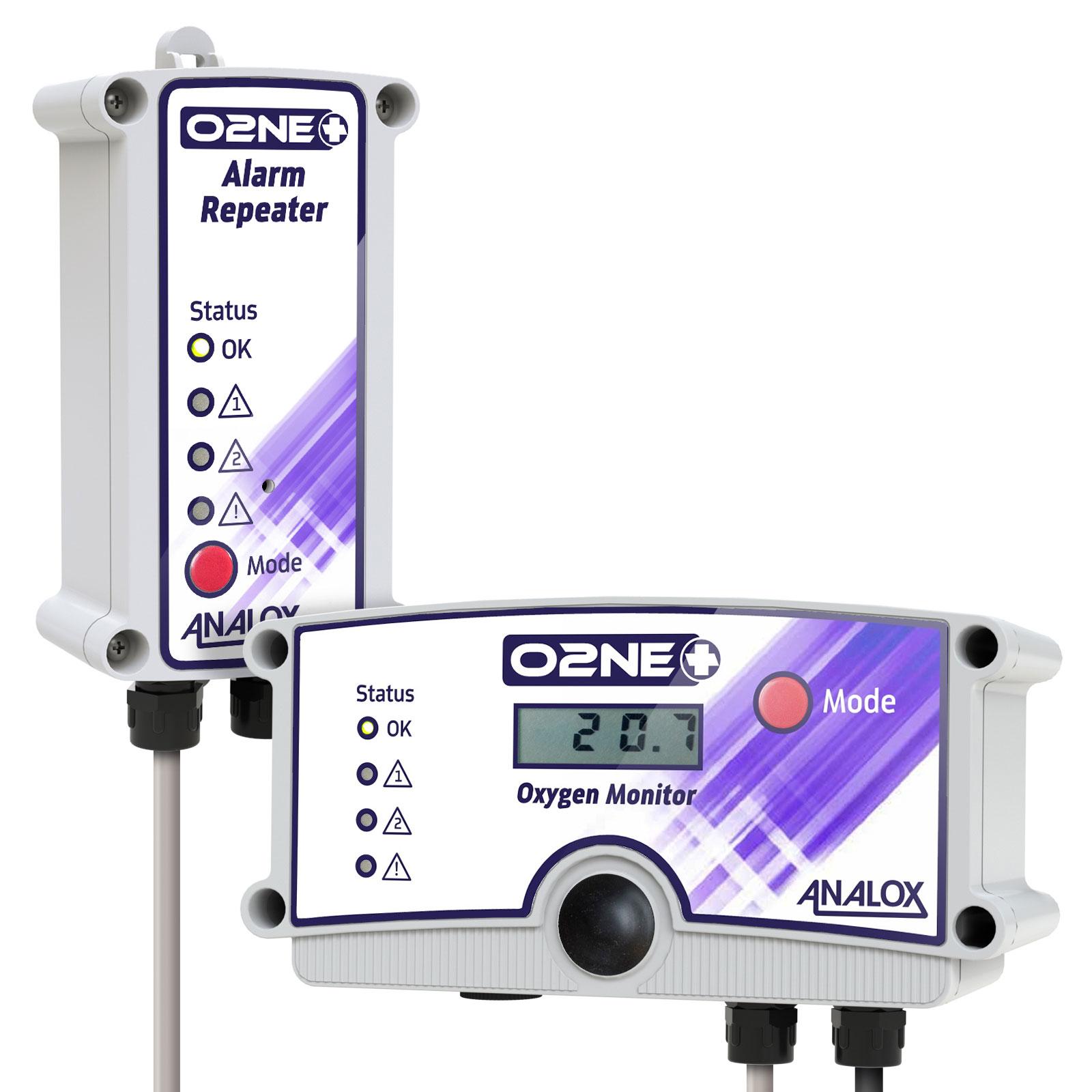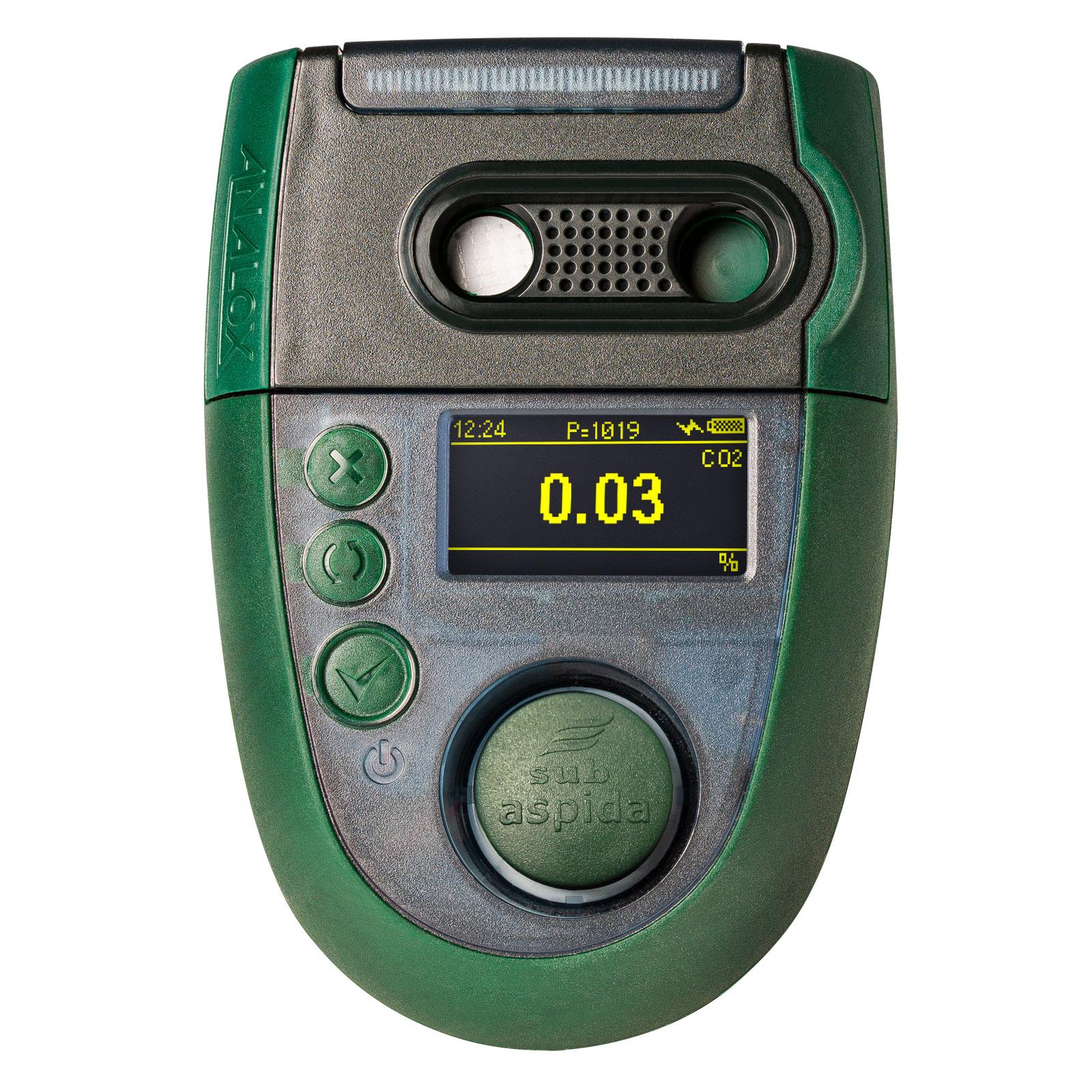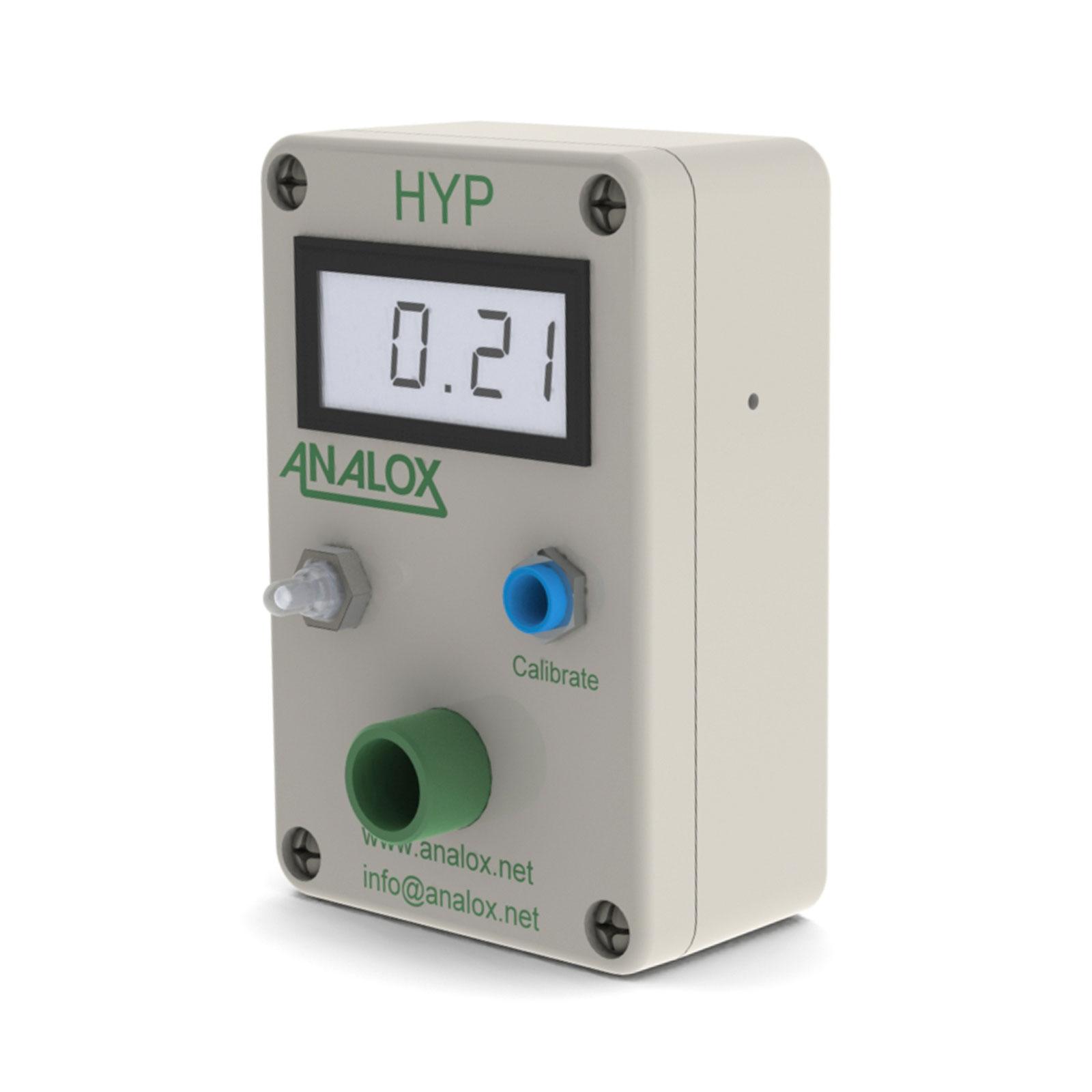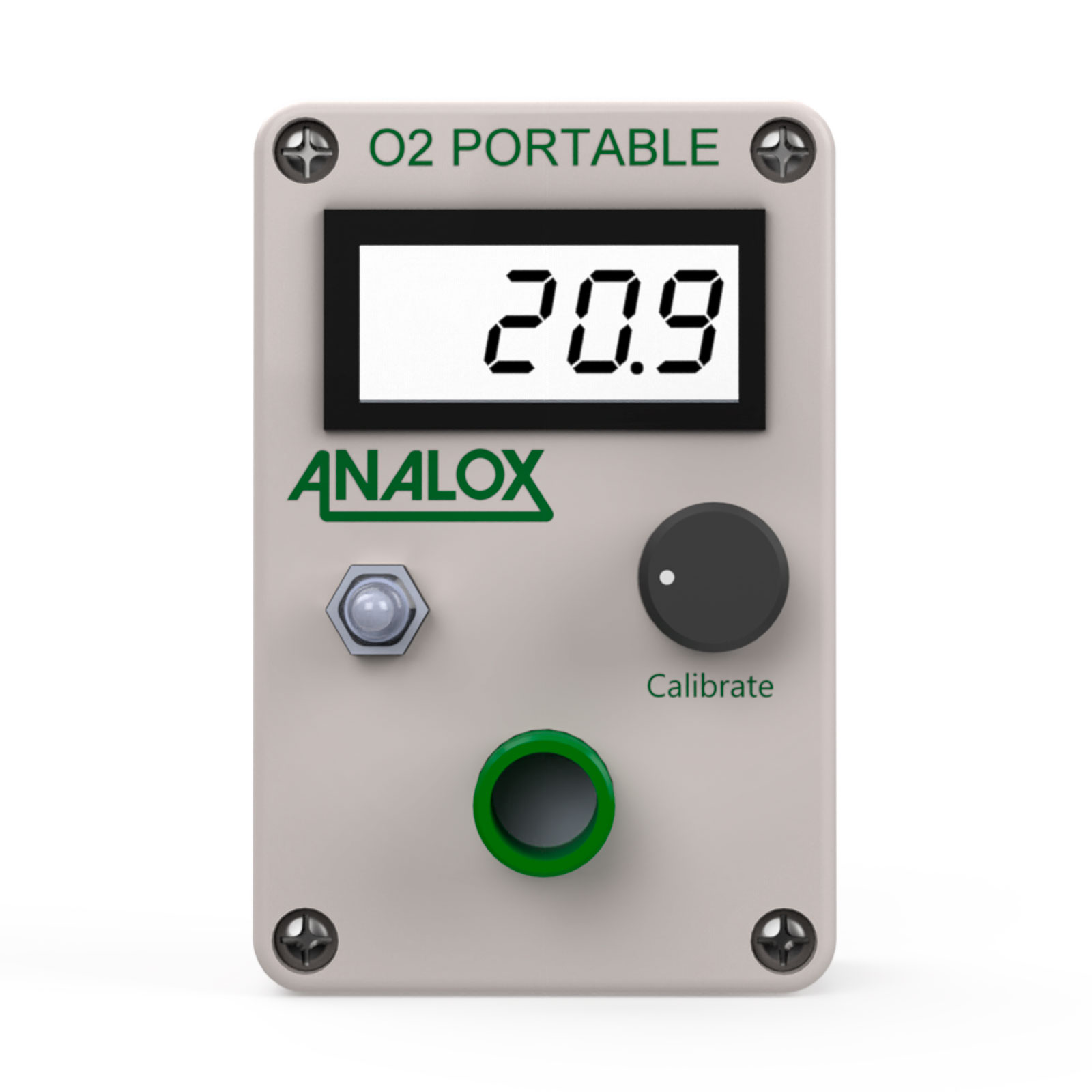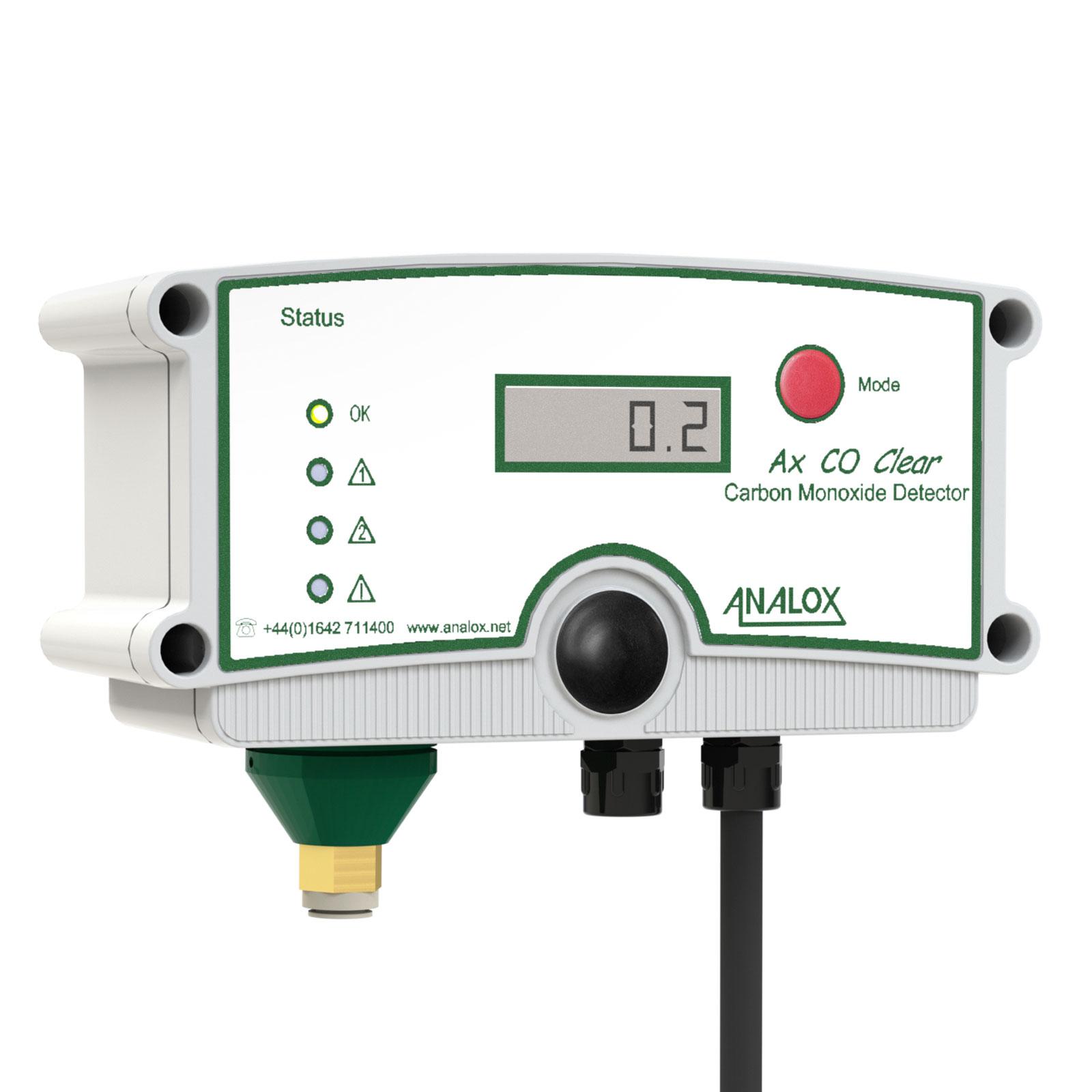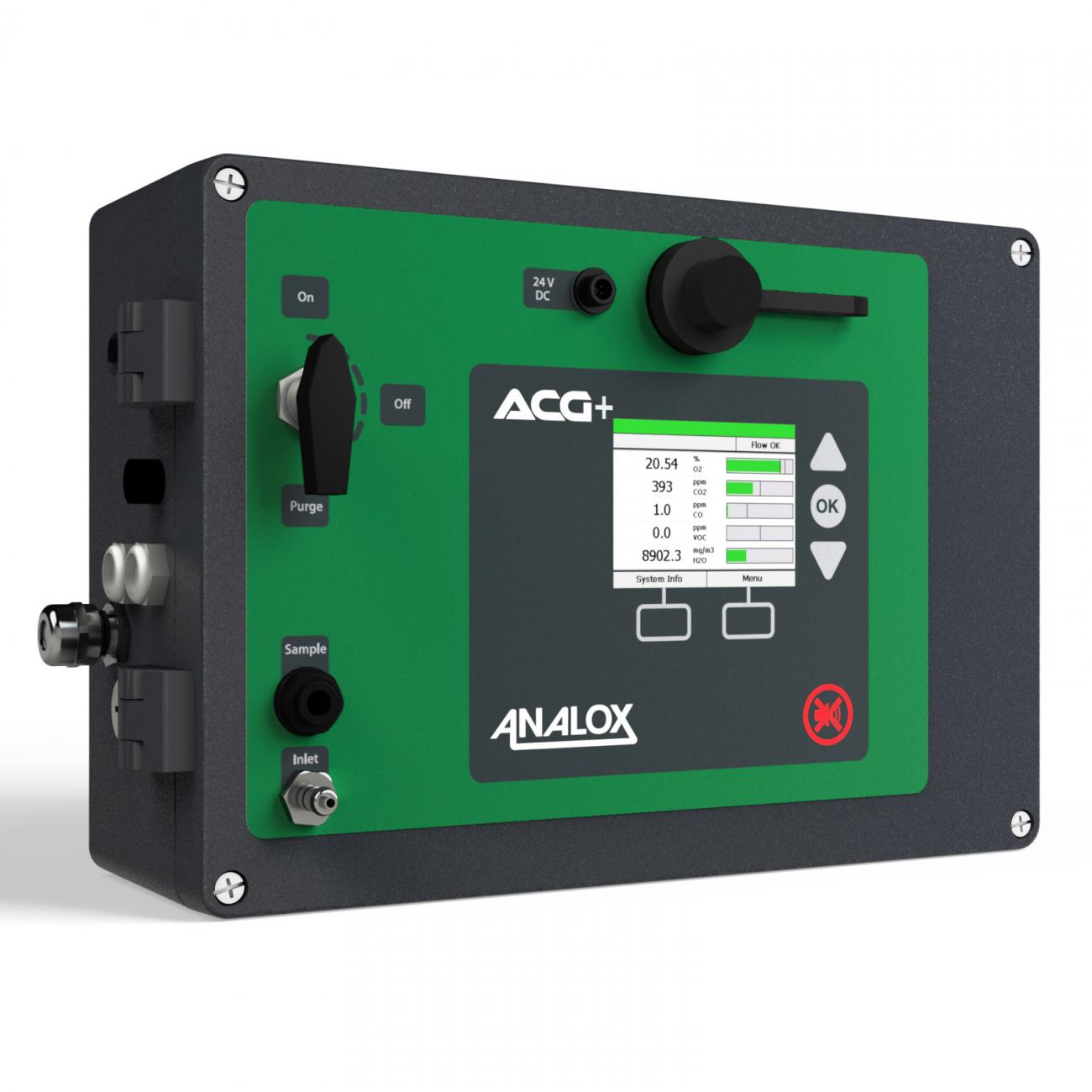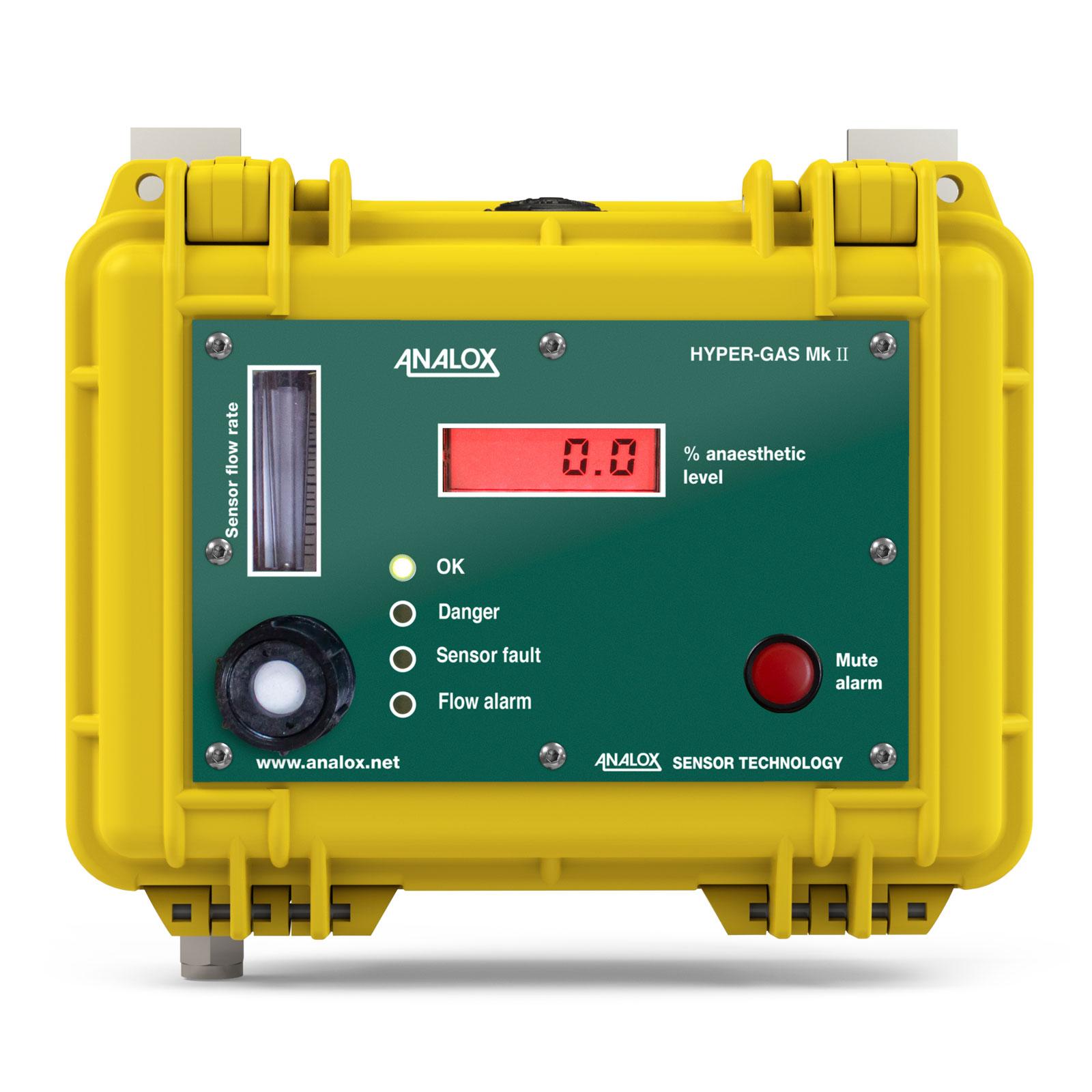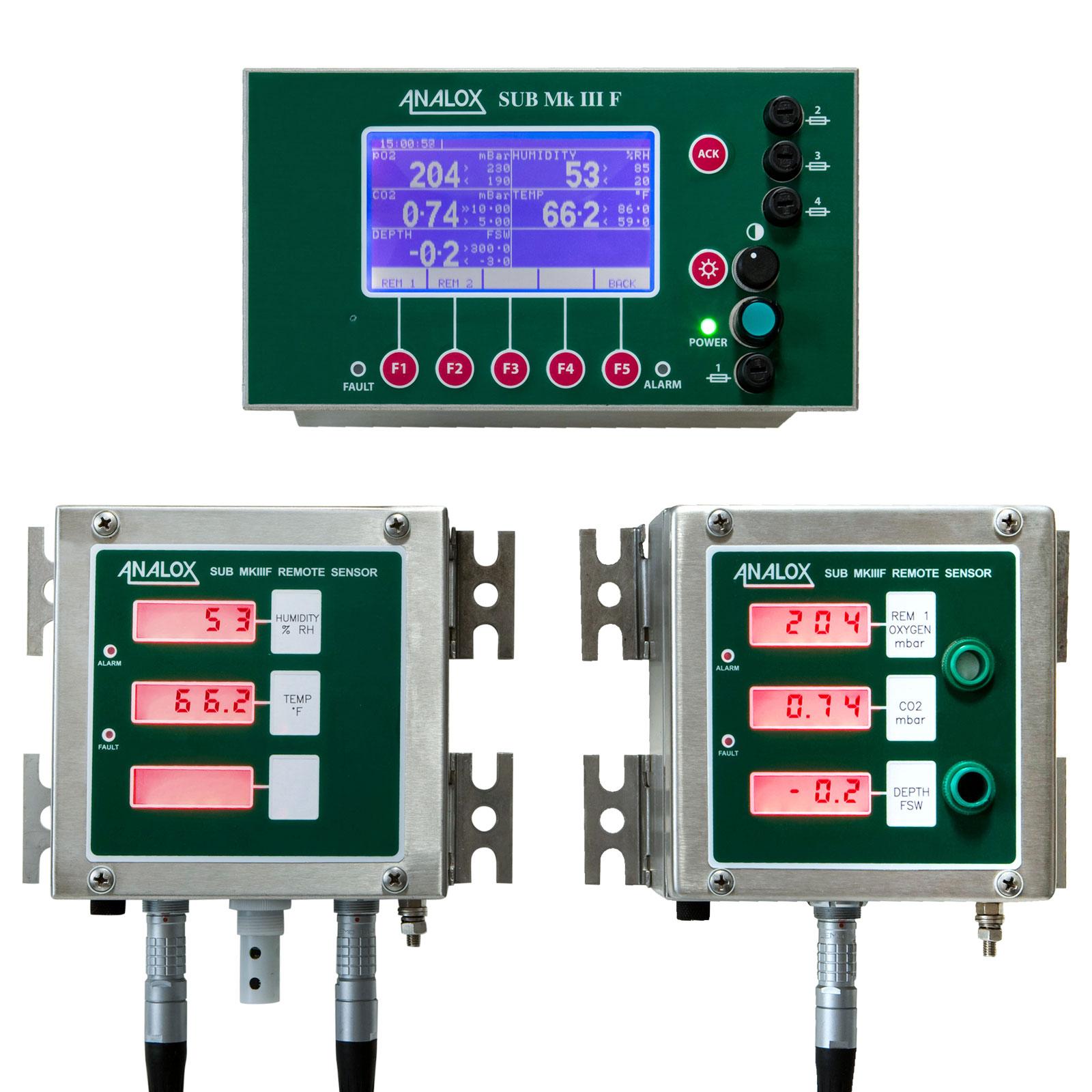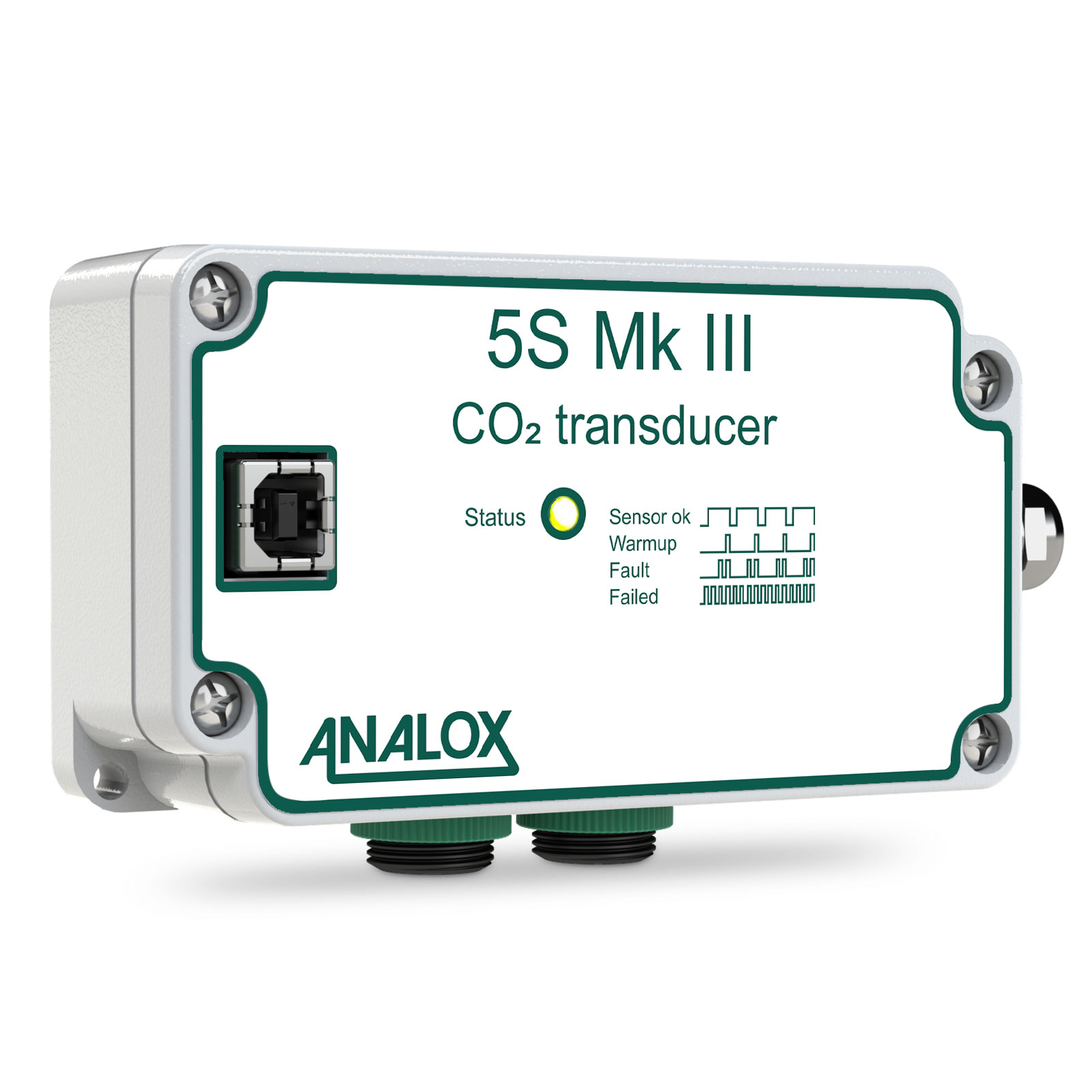Memberships & Accreditations

Analox understands the critical importance of ensuring personnel are protected by appropriate and effective gas monitoring – especially in the diving market. Diver safety is our number one priority.
We are dedicated to offering you a personalized service ensuring a cradle-to-grave product life cycle tailored to suit your specific requirements.
The Design and Engineering teams continue to work tirelessly to ensure we are able to offer innovative equipment that is optimized to suit the environment and designed to be supported effectively throughout the platform’s life.
We've been selling Analox products, well, forever. The Analox SDA's are the most reliable and flexible diving analyzers on the market. That's why we are proud to be a master distributor.
DEBRA RITCHIE - PRESIDENT
AMRON INTERNATIONAL INC.
We specialize in the following areas of diving safety:
IHC
ROBBERT BIE - SALES MANAGER - ICH HYTECHIt is good to work with Analox together on this and other projects because their knowledge on analyzers is based on a long time experience. Their products are on the highest standards, the same as we work with in our products.
Oxygen Solutions
Breathing air is air that meets specified standards for contaminants. Pure oxygen (O2) is mainly used to speed the shallow decompression stops at the end of a defense, commercial, or technical dive. The risk of acute oxygen (O2) toxicity increases rapidly at pressures greater than 6 metres seawater.
Analox offers a choice of wall mountable or portable solutions:
The SDA carbon dioxide (CO2) monitor provides reliable carbon dioxide (CO2) monitoring to maintain a comfortable and safe saturation diving chamber.
A single point wall mount safety monitor for oxygen (O2) depletion and enrichment that has a ppO2 sensor.
A single point wall mountable safety monitor for oxygen (O2) depletion. This uses a partial pressure oxygen (O2) sensor so it is not cross sensitive to helium (He) ingress.
A panel mount, safety monitor for oxygen (O2) and carbon dioxide (CO2)
The monitor accurately reads the oxygen (O2) from within the hyperbaric environment in line with safety requirements.
A portable, cost-effective choice in air diving for spot checking the oxygen (O2) content of oxygen and nitrox cylinders.
Carbon Monoxide Solutions
Carbon monoxide (CO) poisoning is a well recognized, but uncommon hazard of sport and inshore diving, which occurs either as a result of a faulty air compressor or from air contamination by the exhaust of nearby petrol engines.
Analox offers a choice of wall mountable or portable solutions:
The SDA carbon dioxide (CO2) monitor provides reliable carbon dioxide (CO2) monitoring to maintain a comfortable and safe saturation diving chamber.
The CO Clear is designed to be installed inline on heliox or breathing air compressor arrangements to warn the operator if there is a potential contamination of carbon monoxide before it reaches the user.
A multi-gas analyzer to measure: oxygen (O2), carbon dioxide (CO2), carbon monoxide (CO), Volatile Organic Compounds (VOC’s) and Dew Point in compressed air. The unit can be wall mounted or used as a portable system.
Nitrox Solution
It is this higher percentage of oxygen (O2), and the proportionately lower percentage of nitrogen, that allows divers to lengthen no-decompression limits, shorten surface intervals and get an added safety buffer for decompression sickness in certain diving circumstances.
Analox offers a choice of portable solution:
A portable, cost-effective choice in air diving for spot checking the oxygen (O2) content of oxygen and nitrox cylinders.
Hydrocarbons Gas Monitoring Solution
We are the only company in the world that has achieved how to monitor hydrocarbons in a hyperbaric environment.
Analox offers the Hyper-Gas MKII as the solution:
A unique, hyperbaric hydrocarbon monitor for use in saturation diving.
Multi Gas Monitor Solutions
Analox offers the following choices of wall mountable gas monitors for measuring multi-gas levels:
A fixed hyperbaric or hypobaric atmosphere monitor, detecting carbon dioxide (CO2), oxygen (O2), pressure, temperature and humidity.
A multi-gas analyzer to measure: oxygen (O2), carbon dioxide (CO2), carbon monoxide (CO), Volatile Organic Compounds (VOC’s) and Dew Point in compressed air. The unit can be wall mounted or used as a portable system.
Carbon Dioxide Solution
The SDA carbon dioxide (CO2) monitor provides reliable carbon dioxide (CO2) monitoring to maintain a comfortable and safe saturation diving chamber.
A panel mount, safety monitor for oxygen (O2) and carbon dioxide (CO2)
A single gas NDIR (Non-Dispersive infrared) sensor for carbon dioxide (CO2).
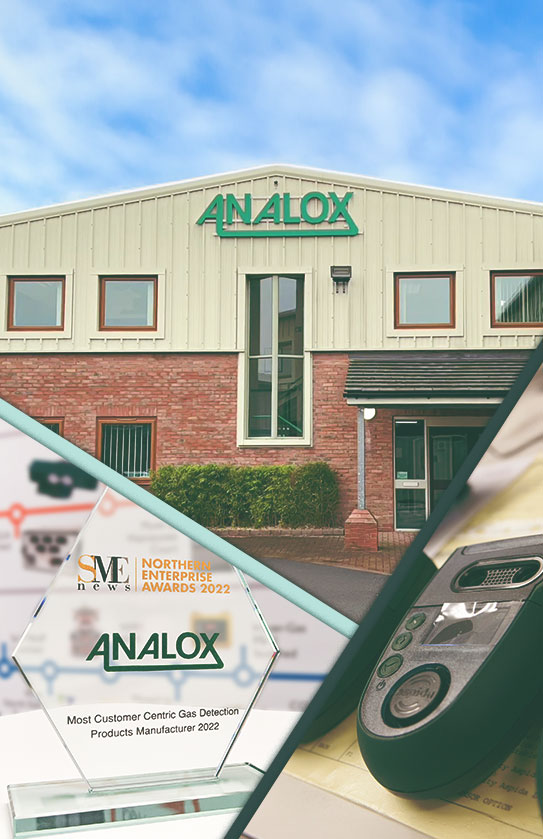
Subscribe to our Analox Newsletter!
Gain exclusive access to the latest news, insights, upcoming product releases in gas safety and efficiency. Be the first to know about our innovative solutions, upcoming events, and expert perspectives. Sign up today!








